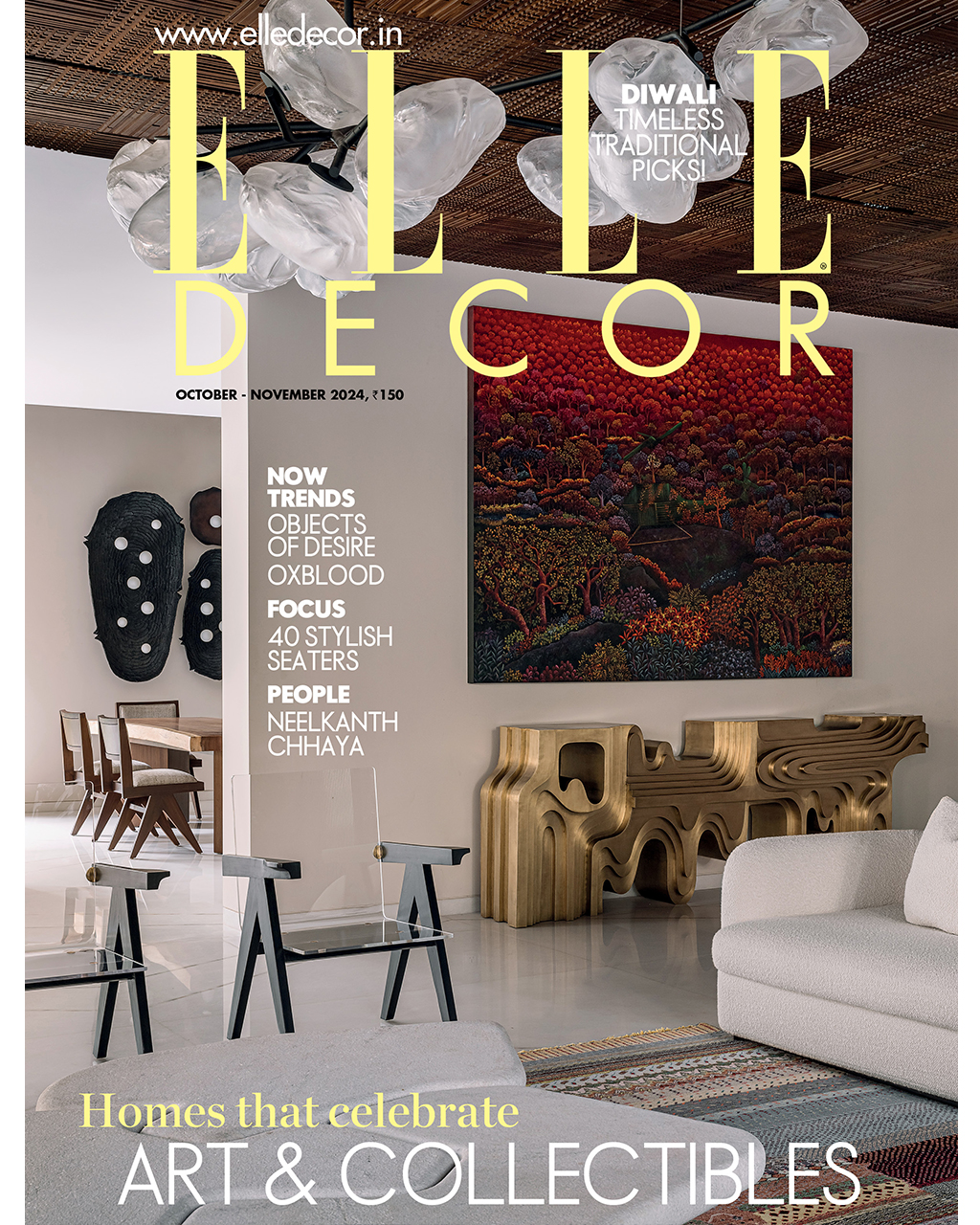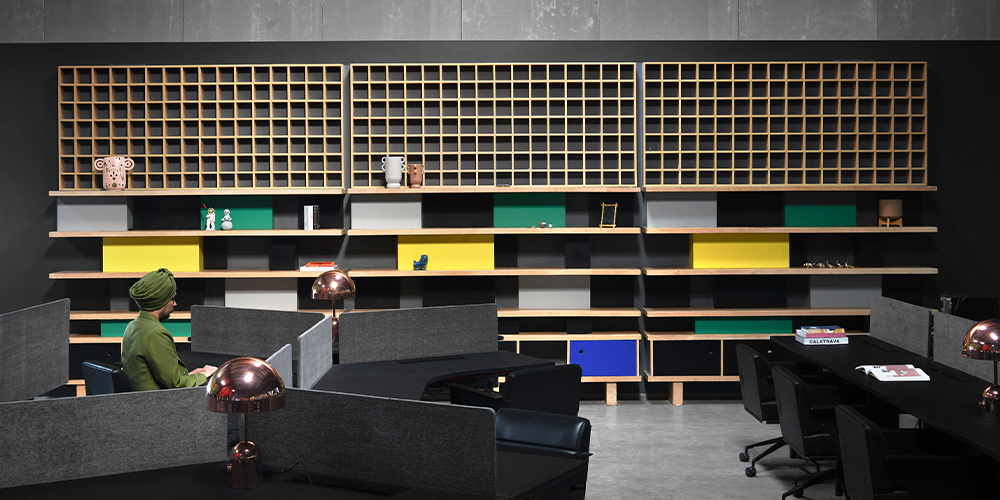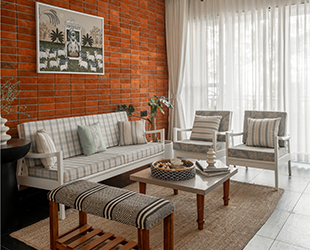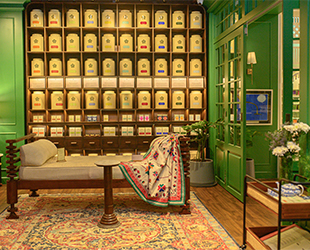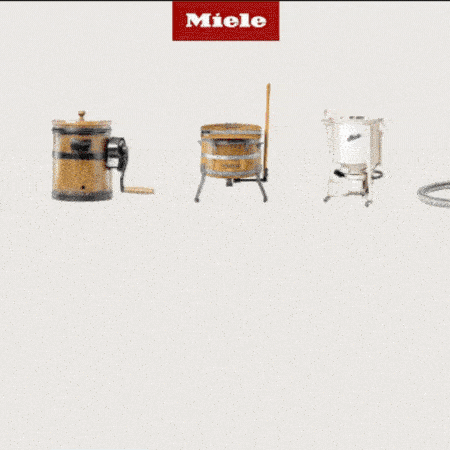Design
A utopic dream manifests itself inside EVage’s micro-factory in Chandigarh designed by Noor Dasmesh Singh
NOV 19, 2024 | By Namrata Dewanjee
If there is one building typology that has shaped the Modernist era, it would be the factory. A large shed with a defined structural grid — practically a Noguchi playscape! But if the idea still evokes a film noir imagery a la Expressionist cinema, think again. In Chandigarh,’s outskirts Noor Dasmesh Singh of NOOR Architects Consultants challenges perceptions and designs a micro-factory for EVage, that is as futuristic as it is playful.
Noor observes, “There is always an iterative exercise where the architect or designer explores spatial planning in grids.” However, in the expansive 1,40,000 sq ft envelope housing the creation of electric vehicles, the grid is informed by more than just structural constraints.

Growing up in Chandigarh, Noor has been influenced by the architectural legacy of the urban context. Under the roof of the factory is a microcosm of activity, including EVage’s headquarters.“There is a natural fascination towards a warehousing space repurposed for office use,” he admits. In an unobstructed spatial composition, the volumes flow organically into one another from a nomadic zone with “reverse biophilia” into a surrealist POD.
“It’s an experimental intervention done around modular technology how a structure would move through an environment,” explains Noor. “It draws inspiration from Archigram to Cedric Price and Futurists to Matti Suuronen’s Futuro house and industrial pods,” he adds.
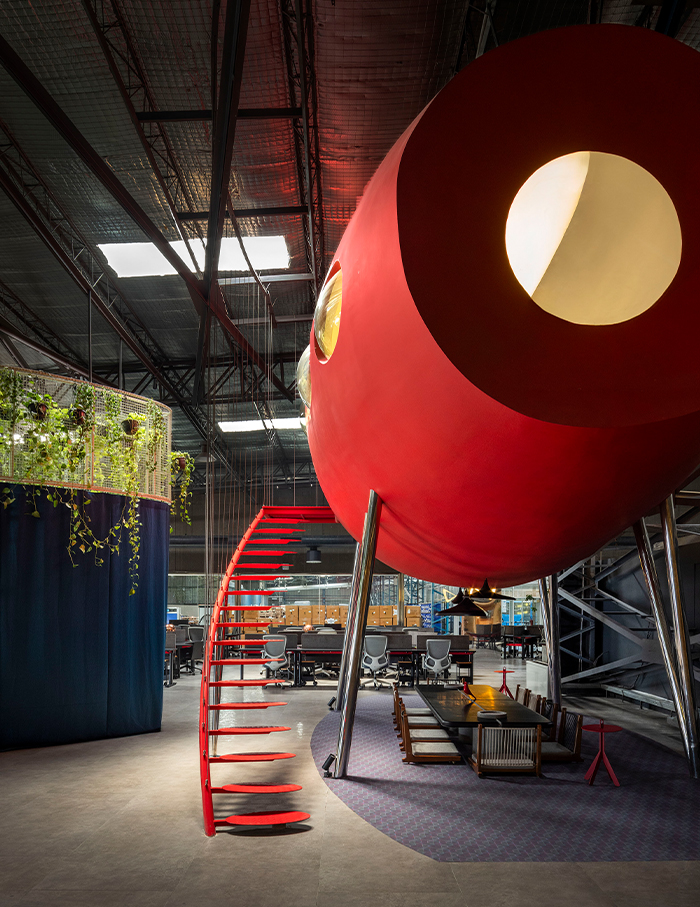
The blown glass artisans from Uttar Pradesh fashioned the elliptical glass aperture windows, and the elliptical treads of the staircase were welded onto a tubular pipe stringer. The push and pull between the intellectual and the experiential is prominent down to the floor. Since the site exists in the context of Chandigarh, the sectoral gridlines morph into floor divisions in stainless steel while the Patiali ki Rao seasonal rivulet meanders through the geometry in glints of brass.
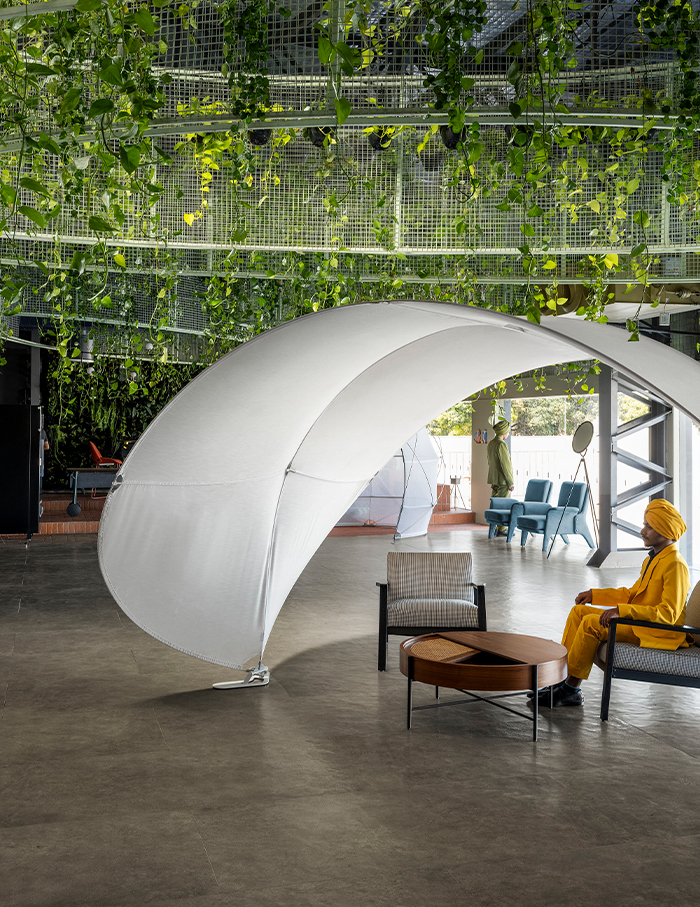
“The space is densely layered with a multitude of influences from personal experiences, history and isms to personal and professional journey,” he confesses. From the built form to the product being created in the space, the electric van — with the first electric vehicle conceptualised in the 1800s, the legacy of ambitions is embedded in the fibres of the factory.
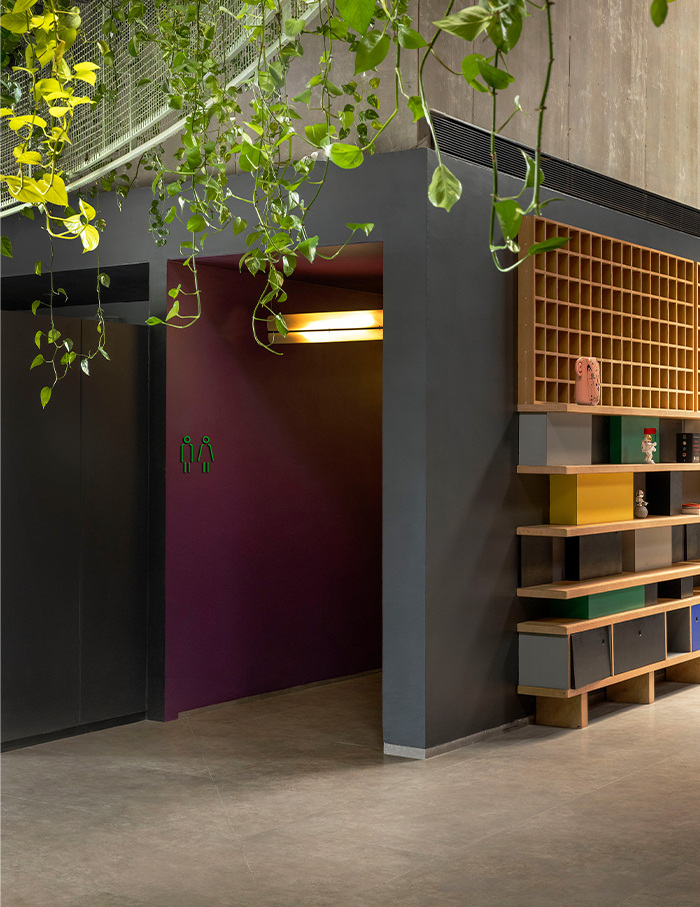
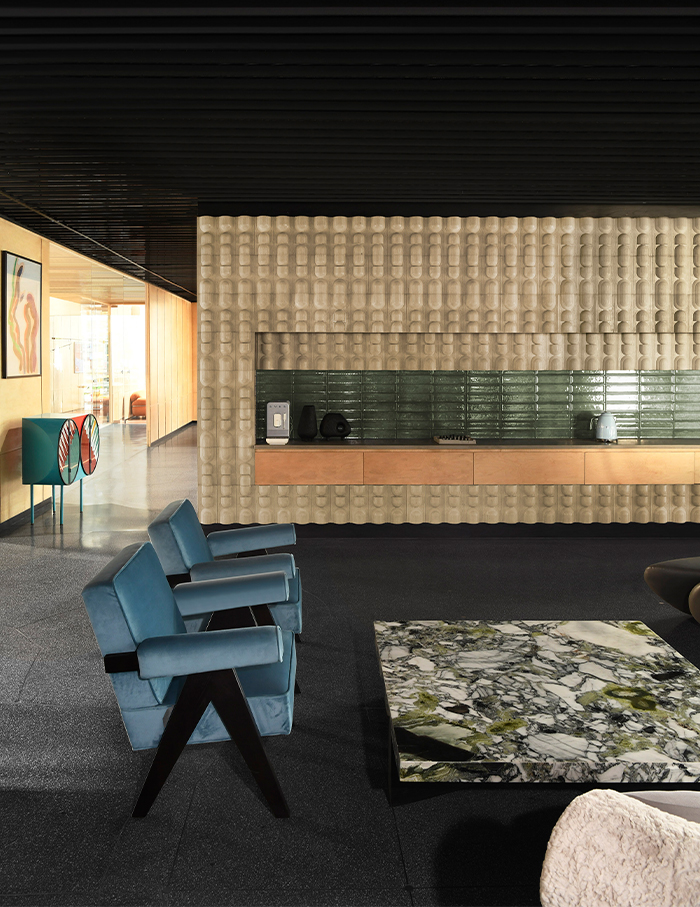
“The Modernist legacy that we inherit from the making of the capital of Punjab post the traumatic phase of partition informs our body of work,” muses Noor. Within the factory, the grid, the materiality, the spirit of post-Modernism hides in plain sight — a playful plurality of thought, audacious gestures and layered provocation.
Read More: City Beautiful, City Perfect: Discover the Chandigarh behind Corbusier’s utopia


